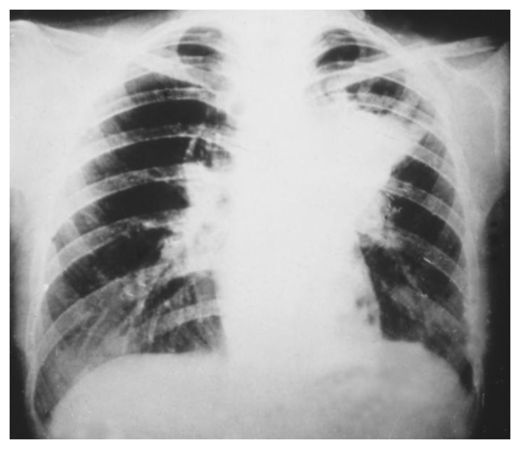The American medical system is corrupt, ineffective and unnecessarily costly. These outcomes are due to state violence on behalf of the politically connected elite (namely private insurers, physicians, pharmaceutical and medical device companies). Artificial scarcity, price-gouging, misallocation of research funding and the suppression of alternative (non-patentable) therapies can be ameliorated by revoking state-conferred elite privilege and re-establishing cooperative, mutualized healthcare financing.
"Was the government to prescribe to us our medicine and diet, our bodies would be in such keeping as our souls are now."
Thomas Jefferson,
Notes on the State of Virginia, Query 17, 157 - 61
Grocery InsuranceThe essential problem with medical financing is described by the Grocery Insurance analogy - third party payment (nominally "private" insurers or the state) divorces price from cost, distributes responsibility, suppresses competition and puts upward pressure on prices: when your insurer only requires a small deductible for
each trip to the supermarket, you will probably buy a lot more caviar,
filet mignon and white truffle oil.
Likewise, the seller will raise prices. When someone else pays, the seller and the buyer do not have antagonistic interests; the seller wants to charge higher prices and the buyer does not care. Ultimately, costs are externalized. Insurance companies are unscrupulous in their efforts to contain costs, deny coverage and swindle customers (as a matter of necessity) - despite it all, costs are aggregated within the insurance fund and redistributed in the form of higher premiums for everyone. There is no such thing as a free lunch, and the insurance model is based on trying to eat yours.
The state, as disorganized as it is, has less incentive to ruthlessly minimize costs, but immense waste is written off as
necessary humanitarian spending. The state suffers diseconomies of scale, bureaucratic inertia, lacks incentive to economize and by its nature the state is centralized and prone to corruption. Hospitals, drug companies and doctors take advantage of the inept Panopticon by price gouging, pushing drugs and executing unnecessary procedures.
Thus, the two-pronged system of unaccountability drives healthcare costs in one direction - up. Meanwhile, tax and premium-payers are gouged with nowhere to turn - to the point at which 17% of U.S. GDP and 23% of the Federal budget is spent on sick care. Nobody should blame sick people for the broken system; they operate within very narrow constraints, especially lack of access to healthy food, clean water, accurate medical information and they endure unsafe working conditions. Claiming that people are hedonistic free-riders is facile. Few will make healthy choices because of the specter of future medical costs; they do so to avoid contracting a disease. The problem is that there are few choices, period, and they're all unhealthy.

